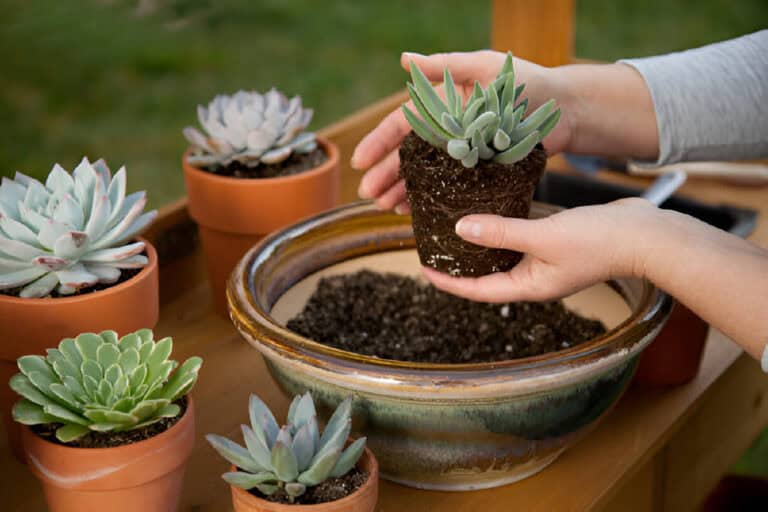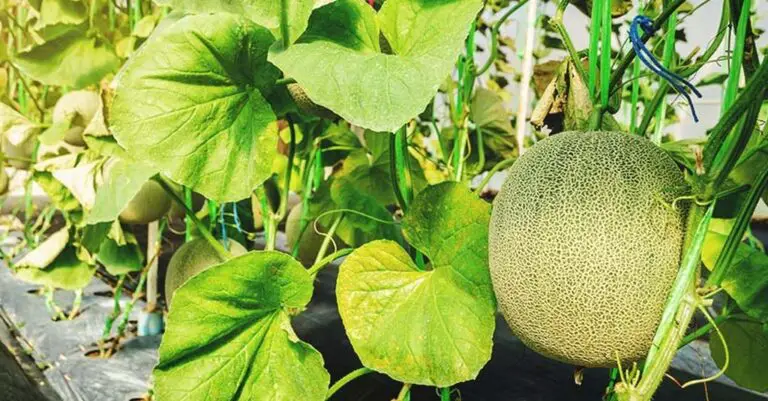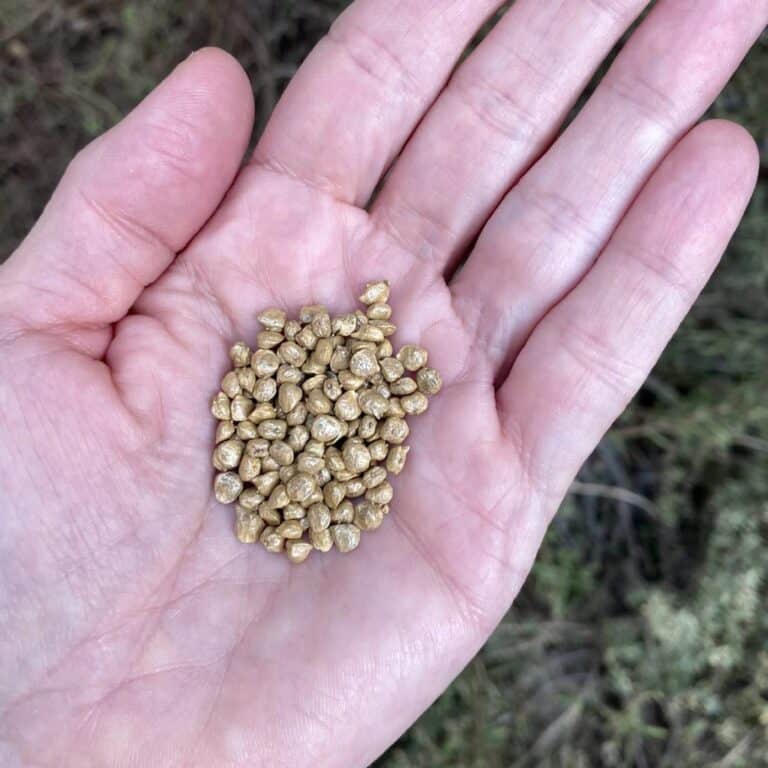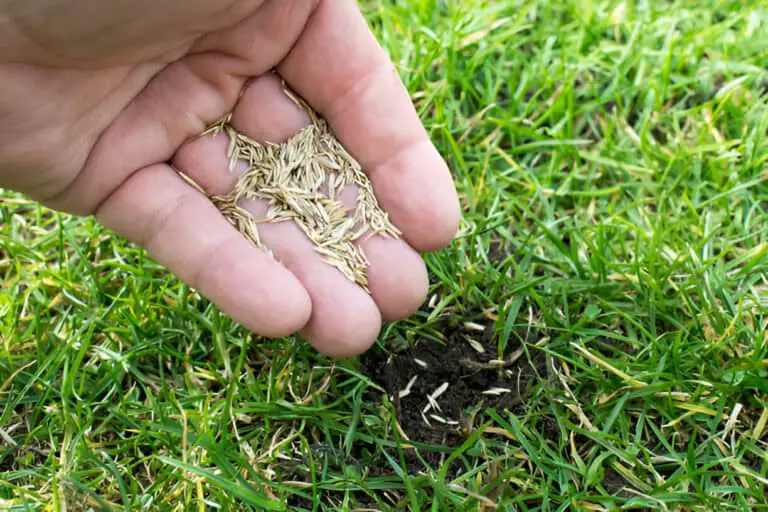Do Lemon Trees Thrive in Humidity? Here’s What You Need to Know
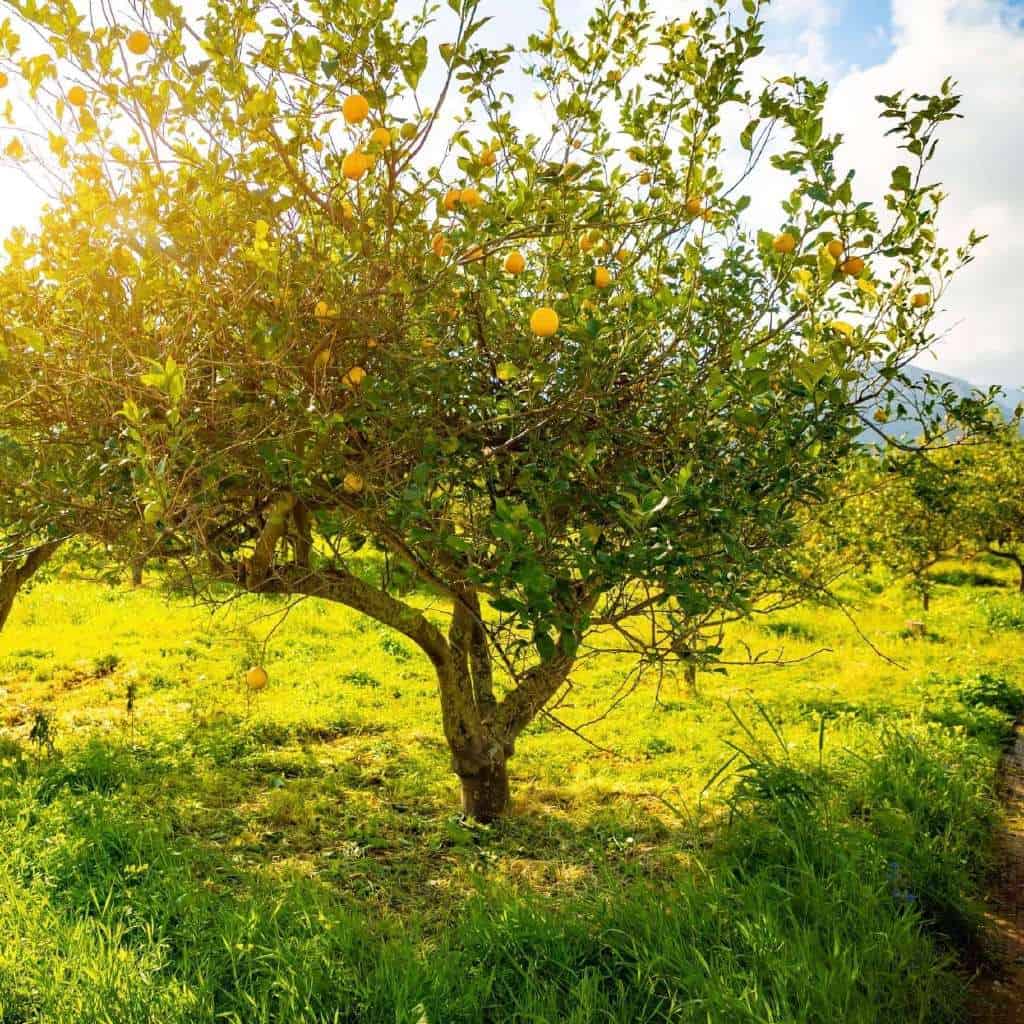
When I first dipped my toes into the world of citrus gardening, my Meyer lemon tree was my pride and joy. It was supposed to be a hassle-free plant, providing me with a steady supply of zesty lemons. But soon enough, I found myself tangled in a web of questions about its needs, especially when it came to humidity. I mean, who knew that something as simple as air moisture could turn into a full-blown gardening mystery?
If you’re like me and have wondered whether lemon trees really thrive in humidity, you’re in the right place. Let’s explore the impact of humidity on lemon trees and discover strategies to maintain their happiness and health.
Lemon Trees and Their Natural Habitat
To understand how lemon trees react to humidity, it helps to know where they come from. Lemon trees are native to the tropical and subtropical regions of Asia. They’re used to warm climates with plenty of moisture in the air. Think of them like the high-maintenance houseguest who demands a climate that’s just right—never too dry, never too wet.
In their native habitat, lemon trees enjoy a lush environment where humidity levels hover around 50-70%. This doesn’t mean they can’t handle variations, but they do prefer a certain level of moisture in the air to feel truly at home.
The Science of Humidity and Lemon Trees
Humidity plays a big role in how well your lemon tree grows. When the air is humid, a lemon tree’s leaves lose less water through transpiration, which can help the tree stay hydrated in hot weather. But too much humidity can also create problems like fungal diseases.
Transpiration is the process where plants release water vapor through tiny pores in their leaves. This flow helps draw nutrients up from the roots, feeding the entire tree. If the air is too damp, this balance can shift and affect nutrient uptake.
Researchers have found that lemon trees generally prefer moderate humidity levels — around 50–60% is ideal. Higher humidity can work if airflow is good and disease risks are managed.
| Factor | Ideal Condition |
| Humidity Level | 50–60% |
| Airflow | Good circulation prevents mold |
| Transpiration Rate | Steady for healthy nutrient flow |
Keeping this balance helps your lemon tree thrive year-round.
| Read on: Do You Need Both Male and Female Lemon Trees for Fruit Production? |
How Humidity Affects Lemon Trees

Now, let’s break down how humidity can impact your lemon tree. If you consider your lemon tree to be a delicate diva, it’s not so different from a plant that thrives on consistent conditions. Here’s a rundown of how different humidity levels play a role:
High Humidity
High humidity can have both positive and negative effects on lemon trees. On one hand, it mimics their natural environment and can promote vigorous growth and fruit production. On the other hand, excessive humidity can lead to problems like:
- Fungal Diseases: High moisture levels can encourage the growth of fungi, leading to diseases such as powdery mildew and leaf spot. These diseases can weaken the tree and reduce fruit quality.
- Pest Infestations: Humid conditions can attract pests like aphids and spider mites, which thrive in moist environments and can damage the tree’s foliage and fruit.
Low Humidity
If the humidity in your area is on the dry side, your lemon tree might show signs of stress. Here’s what can happen:
- Leaf Drop: Dry air can cause leaves to drop prematurely. The tree struggles to retain moisture, and it starts shedding leaves as a coping mechanism.
- Slow Growth: Lemon trees in low humidity often grow more slowly and produce fewer fruits. They may not reach their full potential without adequate moisture in the air.
- Increased Watering Needs: In dry conditions, you’ll need to water your tree more frequently to compensate for the lack of atmospheric moisture.
Creating the Perfect Humidity Environment for Your Lemon Tree
So, how do you balance the humidity scale for your lemon tree? It’s all about finding that sweet spot where your tree can thrive. Here’s how you can manage and improve humidity levels for optimal growth:
1. Monitor Humidity Levels
Invest in a hygrometer to keep track of the humidity around your lemon tree. Ideally, you want levels between 50-70%. Regular monitoring helps you adjust conditions before they become problematic.
2. Use a Humidifier
If you’re growing your lemon tree indoors or in a dry climate, a humidifier can be a game-changer. Place it near the tree to maintain the desired humidity levels. Just make sure not to overdo it—moderation is key.
3. Group Plants Together
If you have other plants, grouping them can create a microclimate with higher humidity. The collective transpiration from multiple plants increases the moisture in the air around them.
4. Regular Misting
Lightly misting the leaves of your lemon tree with water can help increase humidity around the plant. Do this in the morning to prevent any potential fungal issues from developing.
5. Water Wisely
Water the soil adequately, but be careful not to overwater. Proper watering helps maintain the overall health of your tree and can indirectly influence humidity levels.
6. Improve Air Circulation
Good air circulation helps prevent the problems associated with high humidity. Use a fan to keep the air moving around your tree, reducing the risk of fungal diseases and pests.
| Check out: Are Persimmons Self Pollinating? |
A Table of Humidity Tips for Lemon Trees
To help you navigate humidity management, here’s a handy table summarizing key tips:
| Humidity Level | Impact on Lemon Trees | Solutions |
| High Humidity | Promotes growth but risks fungal diseases and pests | Use fungicides, ensure good air circulation, monitor for pests |
| Low Humidity | Causes leaf drop, slow growth, and increased watering needs | Use a humidifier, mist leaves, group plants together, water appropriately |
| Ideal Humidity | 50-70% moisture; supports healthy growth and fruiting | Maintain with regular monitoring, proper watering, and using a humidifier if needed |
My Lemon Tree’s Humidity Journey
When I first started growing my Meyer lemon tree, I didn’t give much thought to humidity. I assumed that as long as I watered it regularly, it would be just fine. Boy, was I wrong! My tree’s leaves started to curl and turn yellow, and I couldn’t figure out why.
After a bit of research and a few trials and errors, I realized that the dry air in my home was stressing my tree out. I invested in a small humidifier and started misting the leaves regularly. Almost overnight, I noticed a difference. The tree’s leaves perked up, and new growth began to sprout. The lesson here? Humidity plays a crucial role in the health and happiness of your lemon tree.
Keeping Your Lemon Tree Happy in Any Climate
Whether you live in a humid tropical paradise or a dry desert, you can create a supportive environment for your lemon tree. It’s all about understanding your tree’s needs and making adjustments to meet them. With a little effort and attention, you can turn your lemon tree into a thriving, fruit-producing powerhouse.
So, don’t let humidity woes get you down. Embrace the challenge, and soon enough, you’ll be enjoying a bountiful harvest of fresh lemons, right from your very own tree.

